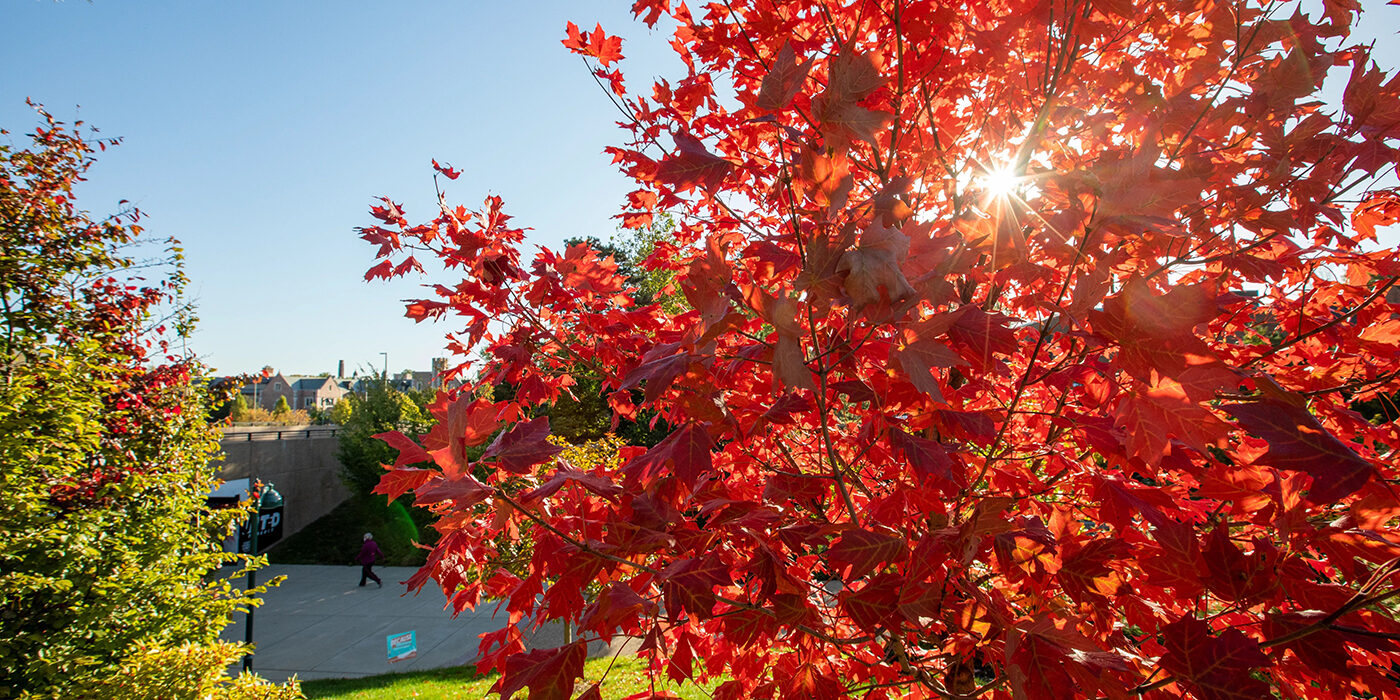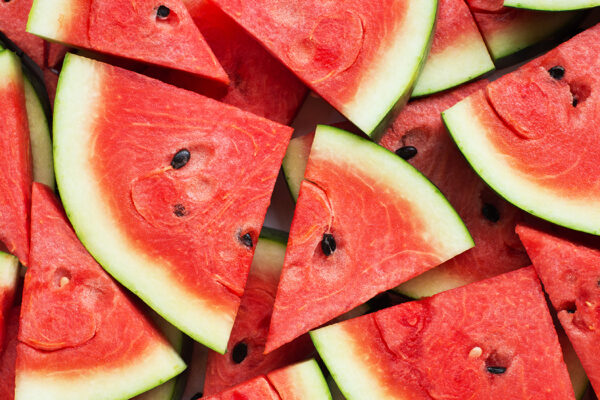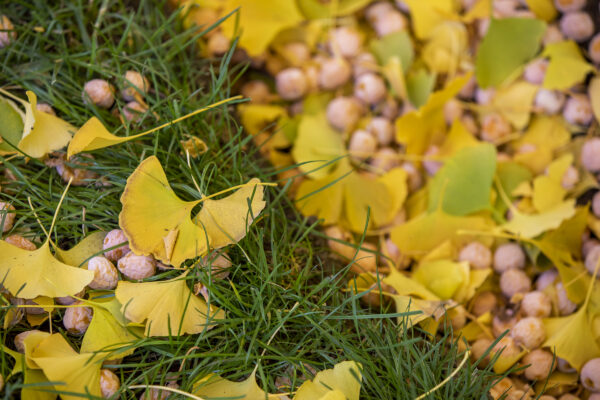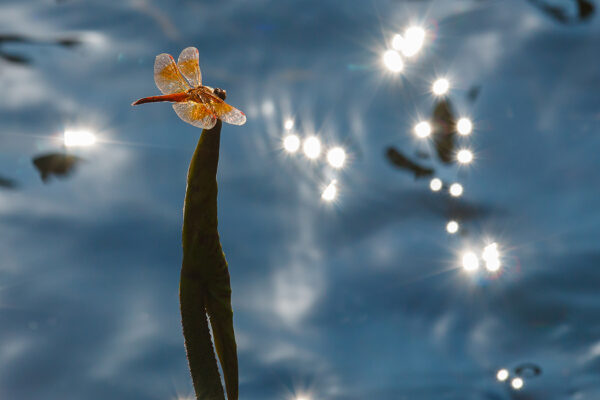Each fall, the leaves of almost half of North America’s species of trees and shrubs turn red. But why is bewitching autumn foliage — to borrow from Mark Twain — so common in New England, but not in Europe?

“Botanists have thought about this question for a long time, but a plausible answer was only provided in 2019,” said Susanne S. Renner, honorary professor of biology in Arts & Sciences at Washington University in St. Louis. “However, the very first paper to raise the question was written in 1881 by Thomas Meehan, a British-born botanist who had moved to Philadelphia.
“He even mentioned the parameter that provides the most likely explanation,” Renner said. “Meehan had suggested that leaves might turn red ‘under the influence perhaps of the American light,’ and European species, after many generations, might adapt to this light and then ‘show their American colors.’”
Renner’s experimental work with hundreds of species from throughout the Northern Hemisphere helps show why this is true. During the fall, trees growing at a particular latitude in eastern North America receive significantly more solar irradiation than do trees growing at the same latitude in Europe.
And in 2019, Renner and her collaborator Constantin Zohner figured out that North American trees, when grown in a common garden with European species, react differently to shorter days in the fall.
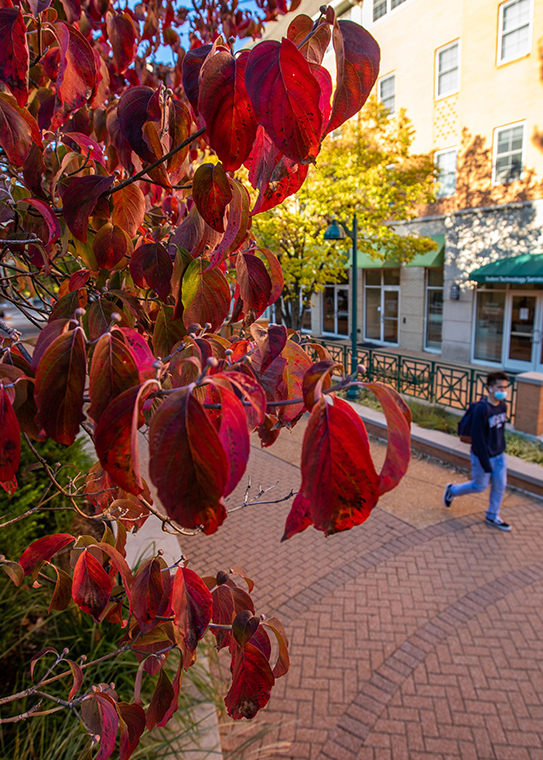
While their experiments initially did not focus on fall colors, Renner and Zohner noted and quantified the different percentages of American and European species that produce foliar anthocyanins, the pigments that are responsible for red or purple leaves.
The scientists combined their work with observations from the scientific literature and placed the color scores (red anthocyanin, yellow xanthophylls or non-colored green/brown) of some 1,532 species on a phylogenetic tree, which is a diagram that depicts the origin and evolution of groups of organisms.
“We wanted to assess whether related species have the same fall color — or whether instead North American species produce anthocyanins, while their European relatives do not,” Renner said.
The latter turned out to be the typical case. A higher percentage of North American trees produced anthocyanins, the red or purplish colors. But why would more North American than European trees produce anthocyanins?
“Anthocyanins absorb wavelengths over a wide range of the solar spectrum, from UV-B to red,” Renner said, allowing them to act as a kind of sunscreen. “Protection from bright light is important during this sensitive time, while senescing leaves are dismantling their photosynthetic apparatus.”
Reckoning with red leaves
Two additional factors may contribute to trees and shrubs showing “their American colors.” The first is the timing of the breakdown of chlorophyll, the key step in leaf senescence or aging in plants.
Renner and Zohner’s experiments on some 360 woody species from throughout the temperate zone but growing in a common garden revealed that American trees and shrubs break down their chlorophyll around nine days earlier than European species, plus or minus four days, resulting in an innately shorter vegetation time for the American trees.
The explanation for this probably lies in the harsher and less predictable climate in North America compared with Europe. Regardless of the evolutionary explanation, a relatively early onset of senescence entails a high risk of photodamage during bright days in September and October, especially when night temperatures drop.
A second factor is poor soils, Renner noted.
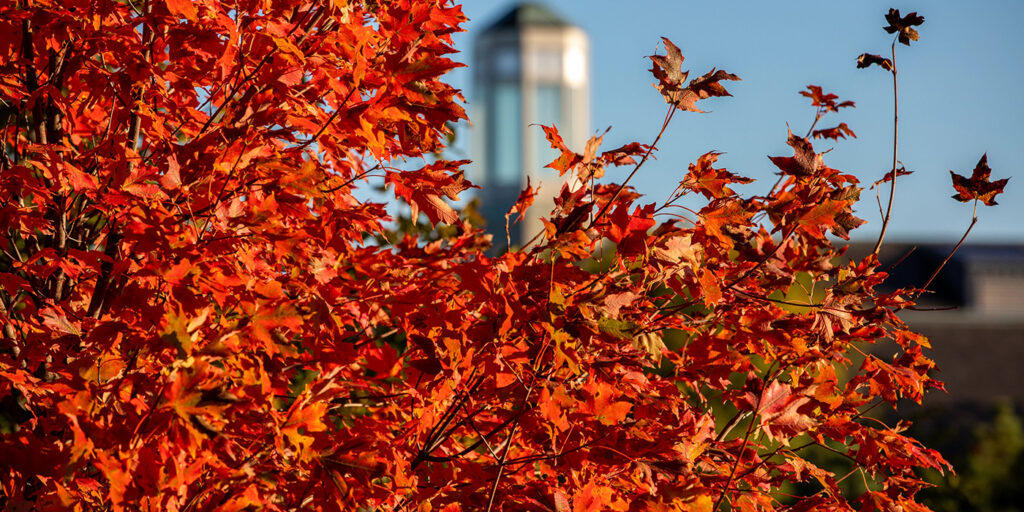
But there is also another developing twist in the red leaf story, she said.
“A new study that’s just coming out shows that none of the species that live in symbiosis with nitrogen-fixing bacteria — such as legumes, poplars, cottonwood and alders — have anthocyanin-red autumn leaves,” Renner said. “When nitrogen is readily available from nitrogen-fixing symbionts, the benefits of photoprotection apparently do not outweigh the costs of anthocyanin.”
Future of fall color
Many people are interested in the future of fall leaf color under climate change.
Warmer autumns keep leaves green longer. Indeed, forecasts for when to visit Vermont for peak fall foliage already appear outdated, as Renner learned the hard way when she drove to Vermont in the first week of October this year.
Current models predict that by the end of the 21st century, autumn colors will come one to three weeks later than they do now. But that might not actually be the case.
Renner’s 2020 study in Science found that increases in spring and summer productivity correlate with earlier (not later) autumn senescence of temperate trees, and that this process may counteract the expected long-term delays in leaf senescence under warming. As a result, Renner and her colleagues think that by 2080, autumn colors in central European forests might only come three to six days later than they do now.
As for North American trees, Renner said: “For now and probably for the next 10-15 years, the fall foliage will be later, but there’s a limit.
“When trees start photosynthesizing earlier, they are eventually done earlier,” she said. “They cannot simply grow and grow. The bottlenecks will be shorter days in fall and winter, frost in the soil (hence no water) and probably other limitations that we don’t know yet.”
